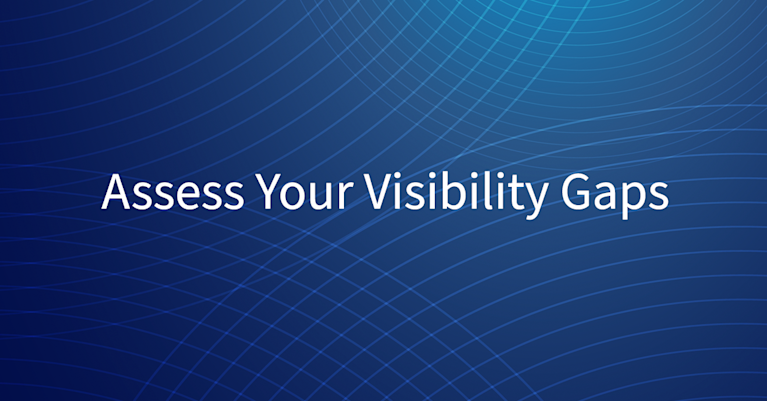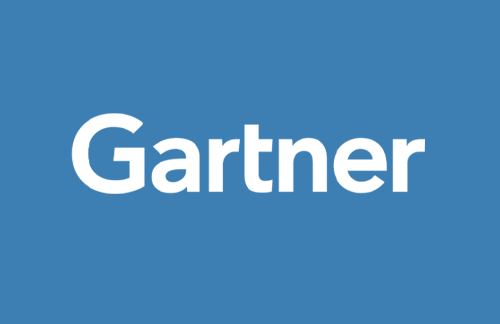The Gartner Market Guide for Network Performance Monitoring and Diagnostics Highlights Network Challenges

Summary
The Gartner Market Guide for Network Performance Monitoring and Diagnostics recently published and revealed new network challenges for buyers. In this post, we take a deeper look at the challenges, as well as opportunities for NPMD investment.

Last month we saw the publication of the Gartner Market Guide for Network Performance Monitoring and Diagnostics1 (NPMD). If you’re unfamiliar with this Market Guide, it may be because this year, and for future publications, Gartner moved this from its previous version of a Magic Quadrant. We believe the reason for the shift is particularly because buyers are still purchasing traditional network monitoring tools. In this blog post, we’ll look at two of the main network challenges that we believe stick out in this Market Guide, as well as investment recommendations that should drive buyers to rethink their traditional NPMD solutions.
Cloud Migration and the Loss of Network Visibility
As cloud migration picks up, one thing is clear: traditional on-premises NPMD tools no longer work for cloud and hybrid environments. On the other hand, some would argue that the use of APM and infrastructure tools are enough for the cloud. However, that notion also falls apart, as most (if not all) organizations have traditional data centers and cloud. As enterprises transition towards digital delivery of products and services, they must manage across the infrastructures, and the traditional tools and approaches do not work or scale effectively.
We believe Gartner highlights similar challenges in the Market Guide. In Kentik’s view, the report discusses a few key points:
-
There are challenges introduced by cloud migrations that significantly change the network infrastructure and limit visibility into the network layers. Kentik provides this visibility in all three major public clouds, unified with the traditional networks.
-
As applications are decomposed into micro-services and deployed on cloud-native architectures, network visibility is a challenge. These orchestrated environments have different infrastructures and most often run inside containers on Kubernetes, delivered by Envoy. Not only that, but the new networking overlays that come with these open source technologies require new software for visibility. Kentik provides visibility into Kubernetes, Envoy, and down to the container level. Kentik supports Flannel and Calico, which are some of the most popular networking models for Kubernetes. See our previous blog for additional detail.
-
There are new challenges arising with the changes in the edge. This is where Kentik excels. As the main visibility platform for the companies delivering over edge networks, our customers include data center providers, CDNs, and other network operators. Kentik provides visibility into how traffic flows and is delivered, and we can handle the scale of the largest networks without hardware.
Packets are Difficult to Collect
In the Market Guide, Gartner notes, “Network packets are becoming increasingly difficult to collect.” This is something that Kentik believes has been an issue for quite some time on the multi-terabit networks that our platform monitors. Packets were never an option. As most networks continue to scale, these challenges are becoming apparent to a wider audience — not just the large providers. Packet visibility is a major issue in the public cloud where the cost and complexity of aggregating and analyzing packets is no longer cost-effective or reasonable.
Areas of NPMD Investment
We believe Gartner points to three main areas of investment occurring in NPMD. The first is better visibility into digital experience via digital experience monitoring (DEM). Synthetic transaction monitoring (STM) supports DEM and is something Kentik is hard at work on right now to complement the path visibility we provide to real traffic across the internet. Kentik ingests more BGP than almost any other company on the internet today. Our head of operations engineering, Costas Drogos, did a talk on this at DENOG 2020.
The second area of investment is in AIOps, or the application of machine learning and artificial intelligence techniques to the network data being collected. Kentik’s platform incorporates AIOps techniques for the network professional, and we continue to work to create new ways to surface useful information automatically.
Gartner also notes, “Future-proof network monitoring by investing in NPMD tools that provide the required level of visibility in your hybrid environments, including edge network and cloud network monitoring.” To us, this makes sense, considering the level of investment in public cloud. Kentik aligns with this trend and can provide the visibility necessary today.
For more information on how to rethink your NPMD strategy, read the full Gartner Market Guide for Network Performance Monitoring and Diagnostics. With Kentik listed in the report as one of the “representative vendors,” we look forward to seeing how the market and analyst coverage evolve in the year ahead.
If you want to see how Kentik can help you rethink your NPMD strategy, sign up by May 31st, 2020 to get 120 days of access to Kentik. No subscription fees.



